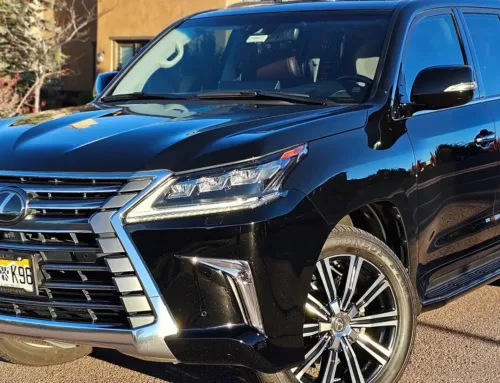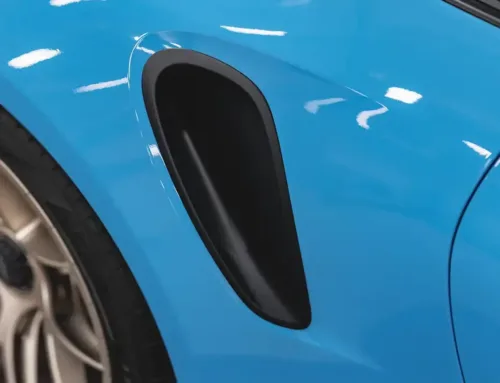Let’s get right to the point: Is 20 tint legal in Colorado Springs? Well, yes and no. It’s illegal on front side windows, but not on your rear windows. The state requires all side windows to allow more than 27% light transmission (VLT). However, 20% tint is legal on rear windows if your front side windows maintain over 70% VLT. Understanding these laws helps you protect your investment while keeping your vehicle compliant and looking its best.
Key Takeaways
- 20% tint is illegal on front side windows in Colorado Springs
- 27% minimum VLT required for all side windows when front windows are tinted
- Fines range from $500 to $5,000 for violations
- Professional installation ensures compliance, protects your investment, eliminates bubbles
- Two legal tinting options: uniform 27%+ or clear front with any rear darkness
Table of Contents
- Understanding Colorado’s Window Tint Laws
- The 20% Tint Question Answered
- Legal Tint Options in Colorado Springs
- Penalties and Enforcement
- Professional vs. DIY Installation
- Why These Laws Exist
- Conclusion
- Frequently Asked Questions
- Additional Resources
Understanding Colorado’s Window Tint Laws
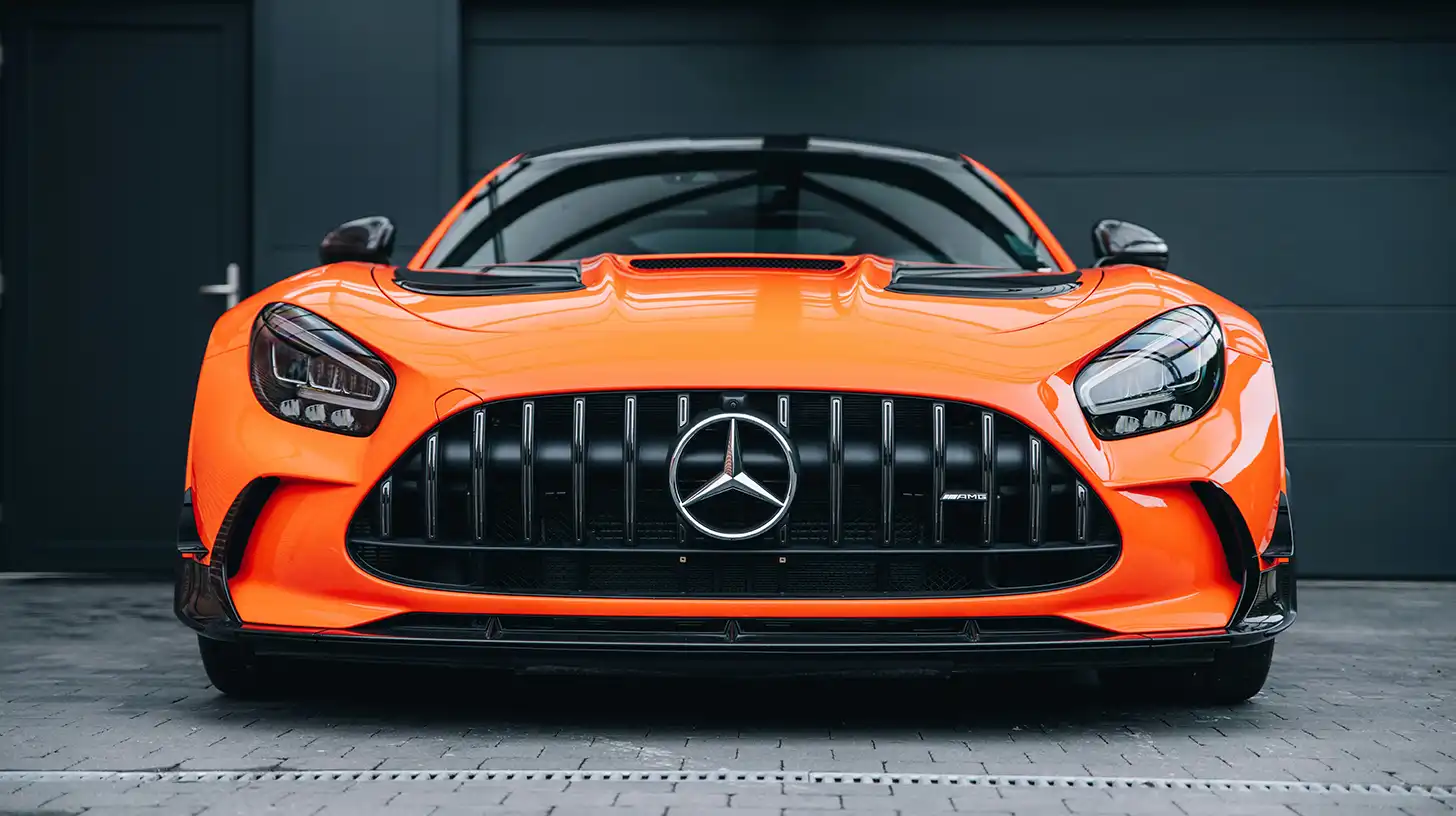
Having spent 20 years working with luxury vehicles in Colorado Springs and perfecting paint and detailing work, I’ve learned the importance of following regulations. Colorado’s window tint laws are designed to balance your desire for privacy and comfort with safety requirements for everyone on the road.
Colorado requires motor vehicles to transmit at least 70% of light through the windshield and 27% of light through other windows. These regulations help ensure safe driving conditions while still allowing you to enjoy the benefits of quality window tinting.
The state uses Visible Light Transmission (VLT) to measure tint darkness. VLT represents the percentage of outside light that passes through your window. A 70% VLT means 70% of light gets through, which appears relatively clear. A 20% VLT means only 20% of light passes through, creating a much darker appearance.
Colorado Springs Specific Considerations
In Colorado Springs, these state laws apply consistently across the area. You can have your vehicle inspected at authorized stations to verify compliance. Throughout Motor City, we’ve seen many vehicles with various tinting levels, and understanding the local enforcement helps you make informed decisions.
The 20% Tint Question Answered
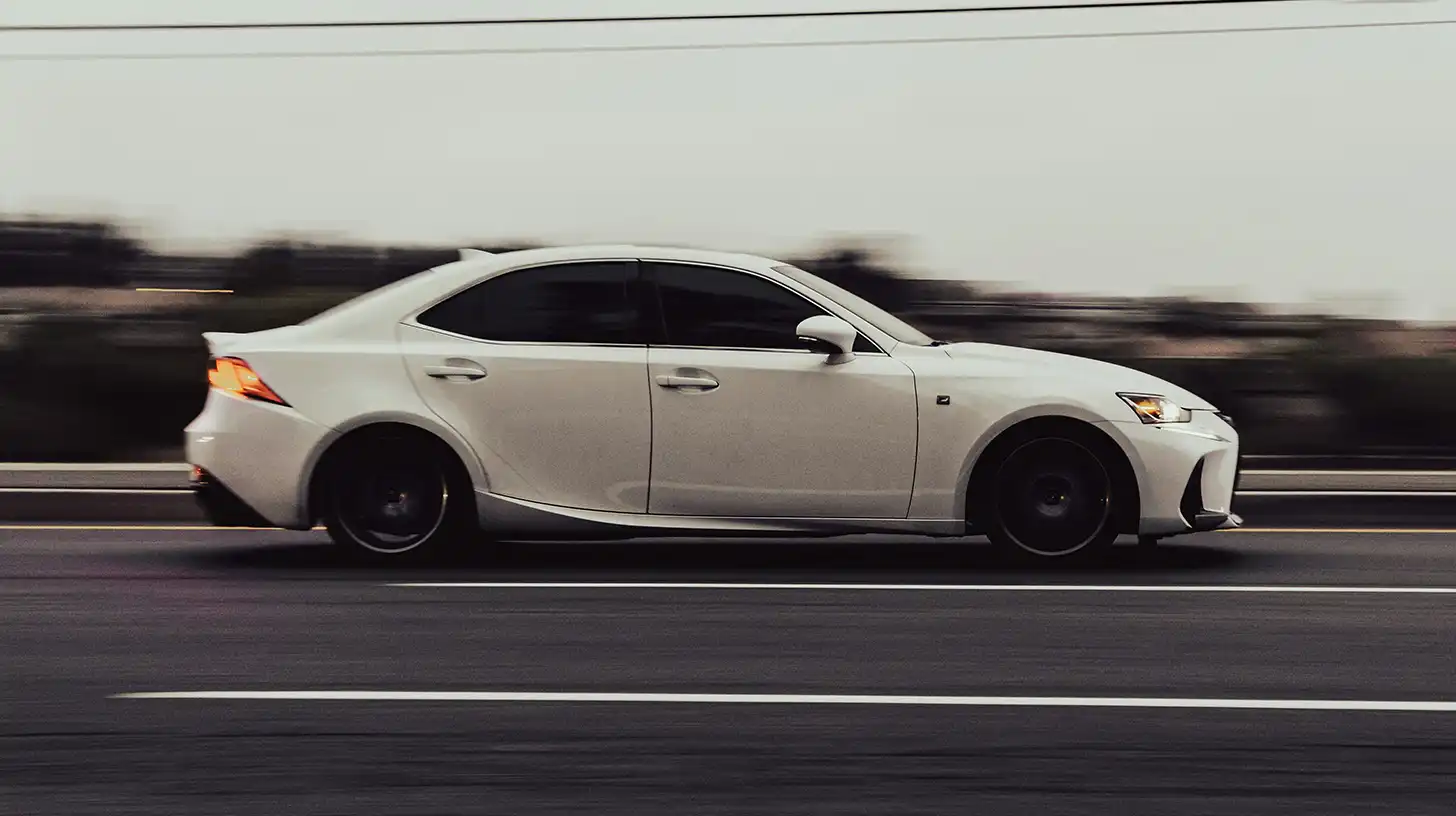
Here’s the straightforward answer: 20% tint is illegal on front side windows in Colorado Springs. The minimum 27% light transmission is required for front side windows and rear side windows.
However, there’s an important exception that creates options for achieving the look you want.
The Two-Option System
Colorado allows two different approaches to window tinting:
Option 1: Uniform Tinting
- All side windows (front and rear): 27% VLT minimum
- Windshield: 70% VLT on top 4 inches only
Option 2: Front Clear, Rear Dark
- Front side windows: 70% VLT or clear (no tint)
- Rear windows: Any darkness allowed, including 20% or even 5%
As long as the vehicle’s front side windows have more than 70 VLT, the rear windows could have 20 VLT or even darker tint.
This means if you prefer that dramatic 20% look on your car, truck or SUV, you can achieve it on the rear windows by keeping your front windows essentially clear. It’s a trade-off that keeps you compliant while still providing the privacy and aesthetic appeal you’re looking for.
Legal Tint Options in Colorado Springs
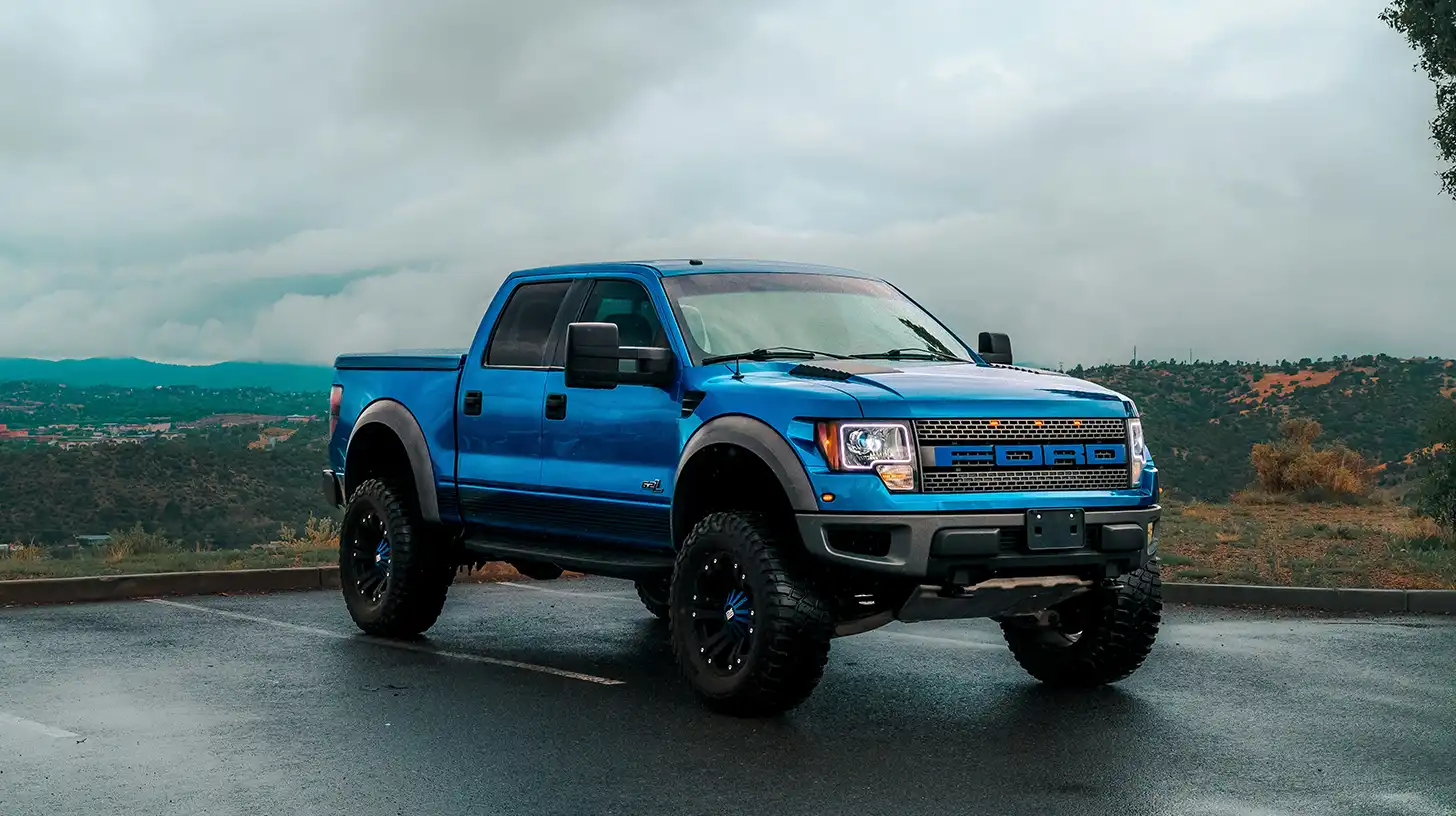
After two decades working with a variety of vehicles, I’ve seen what works well for our clients. Here are your legal options that still deliver excellent protection and aesthetics:
For Maximum Coverage (Uniform Look)
- 30% VLT on all side windows – The darkest you can legally go uniformly
- Provides excellent heat rejection and privacy
- Maintains good visibility for safe driving
- Professional-grade ceramic films offer superior performance
Suggested Reading: Ceramic Window Tint Benefits: Is It Worth The Extra Cost?
For Maximum Rear Privacy
- Clear or 70% VLT front windows
- Any darkness rear windows (20%, 15%, 5% – your choice)
- Popular with luxury vehicle owners who want rear passenger privacy
- Creates an attractive two-tone appearance
Windshield Tinting
Non-reflective 70% VLT tint is allowed on the top 4 inches of the windshield. This sun strip helps reduce glare without compromising visibility, which is particularly helpful for Colorado Springs’ high altitude sun exposure.
Penalties and Enforcement
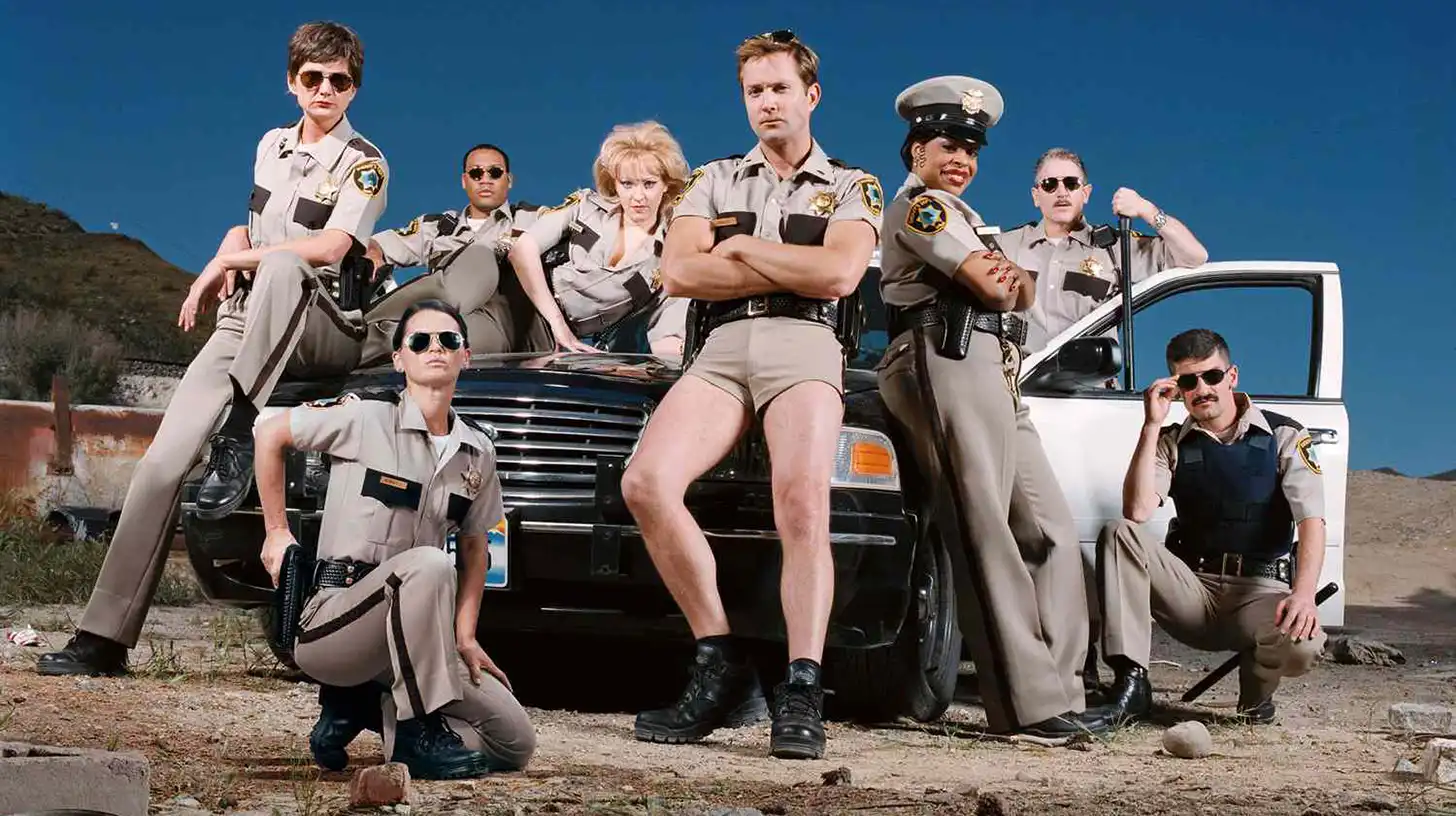
It’s worth understanding what happens if you end up with non-compliant tint. The penalties in Colorado are significant enough to make proper installation worthwhile from the start.
Fine Structure
The penalty for violating any window tinting law in Colorado is a Class B traffic infraction, but a violation may qualify as a misdemeanor with a $500 to $5,000 fine. That’s a substantial expense that could have been invested in quality paint protection or ceramic coating instead.
Traffic Stop Reality
Yes, you can get pulled over for window tint violations in Colorado. Law enforcement officers in Colorado have the authority to stop and ticket vehicles with window tint that does not comply with the state’s regulations.
Law enforcement agencies and vehicle inspection stations are equipped with tint meters to measure the VLT of your vehicle’s windows. These devices provide precise measurements rather than visual estimates.
Additional Consequences
Beyond fines, violations can result in:
- Required tint removal within a specified timeframe
- Potential issues during vehicle inspections
- Possible insurance rate increases due to traffic violations
Professional vs. DIY Installation
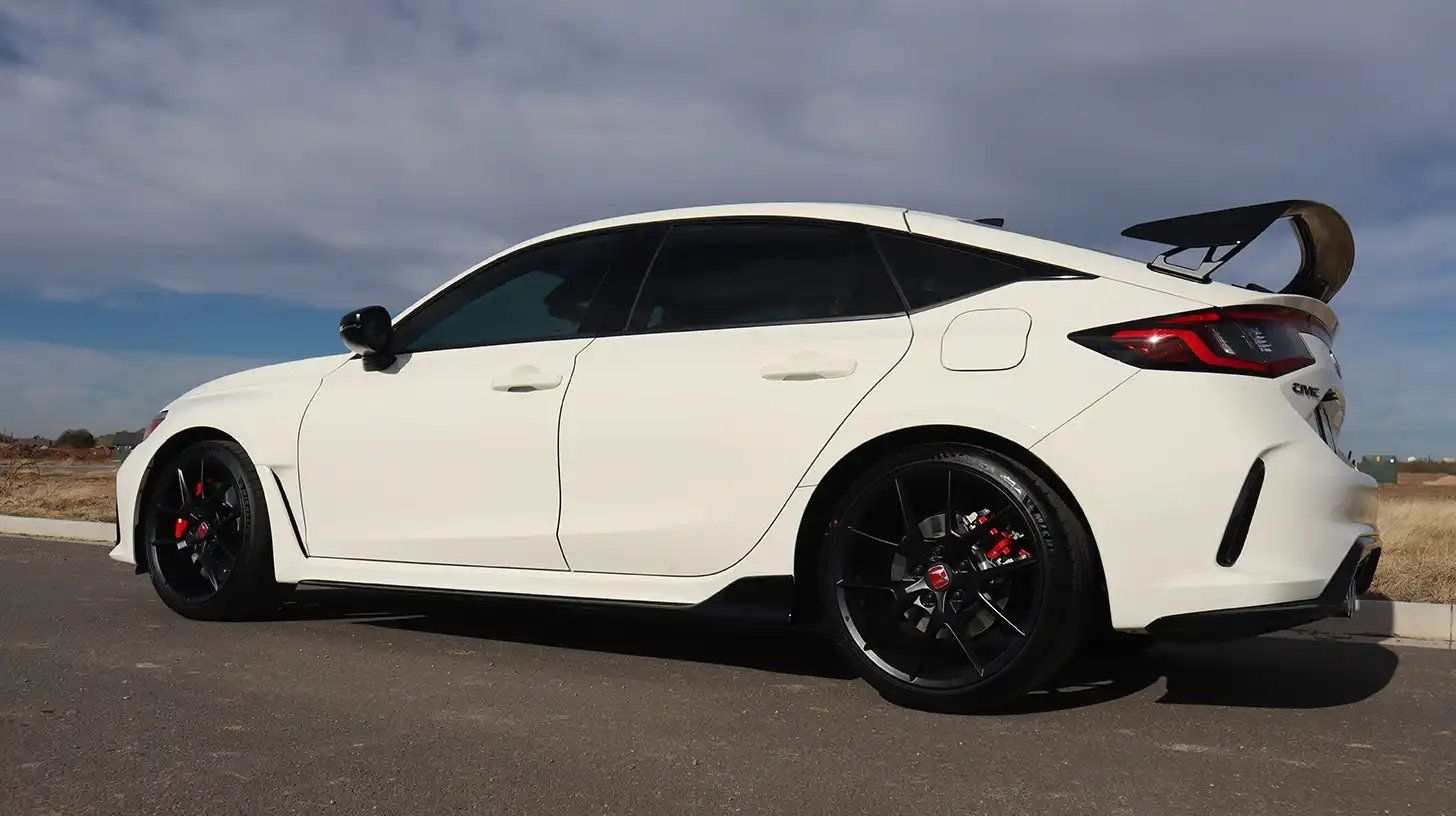
My experience serving Colorado Springs’ car owners has shown me the value of doing things right the first time. The difference between professional window tint installation and a quick job affects both compliance and long-term satisfaction.
Why Professional Installation Makes Sense
Precise Measurement
Professional shops have calibrated equipment to ensure your tint meets legal VLT requirements exactly. We measure rather than estimate, which helps ensure compliance.
Quality Materials
Quality window tinting blocks up to 99% of harmful UV rays and reduces solar heat gain by 35-65%, protecting both passengers and vehicle interiors. Premium ceramic films offer excellent performance while maintaining legal compliance.
Warranty Protection
Professional installation typically includes warranties that protect your investment. If there’s an issue with compliance or performance, you have recourse.
Further Reading: Ceramic Window Tint Vs Carbon: Which Is The Best Option?
The Value of Getting It Right
We’ve seen Colorado Springs vehicle owners who tried to save money with questionable tint jobs, only to face tickets, removal costs, and reinstallation expenses later. Like quality paint correction, tinting benefits from being done properly from the start.
Why These Laws Exist
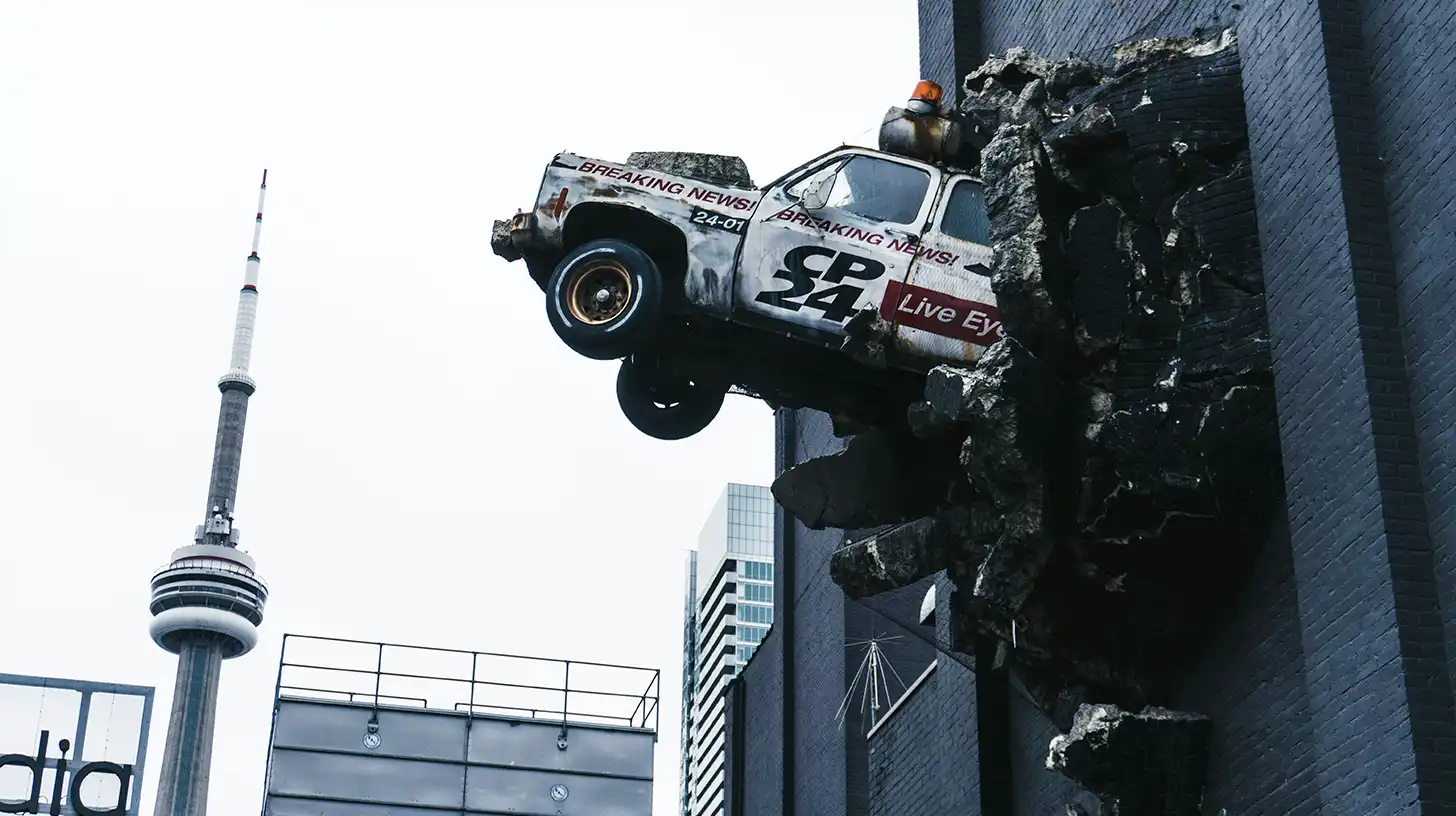
Understanding the reasoning behind tint laws can help you make better decisions for your vehicle.
Safety Considerations
Too dark of a tint can impede your vision, especially if you are driving at night. Colorado Springs has mountain roads, varied weather conditions, and altitude-related lighting challenges that make visibility important.
Law Enforcement Safety
When police officers conduct traffic stops, they need to see inside the vehicle for their safety. This consideration helps protect everyone during these interactions.
Public Safety
Legal window tinting enhances safety by reducing glare, strengthening glass, and providing additional security when installed within legal limits.
Further Reading: Window Tint Laws in Colorado: Avoid Getting Busted
Conclusion
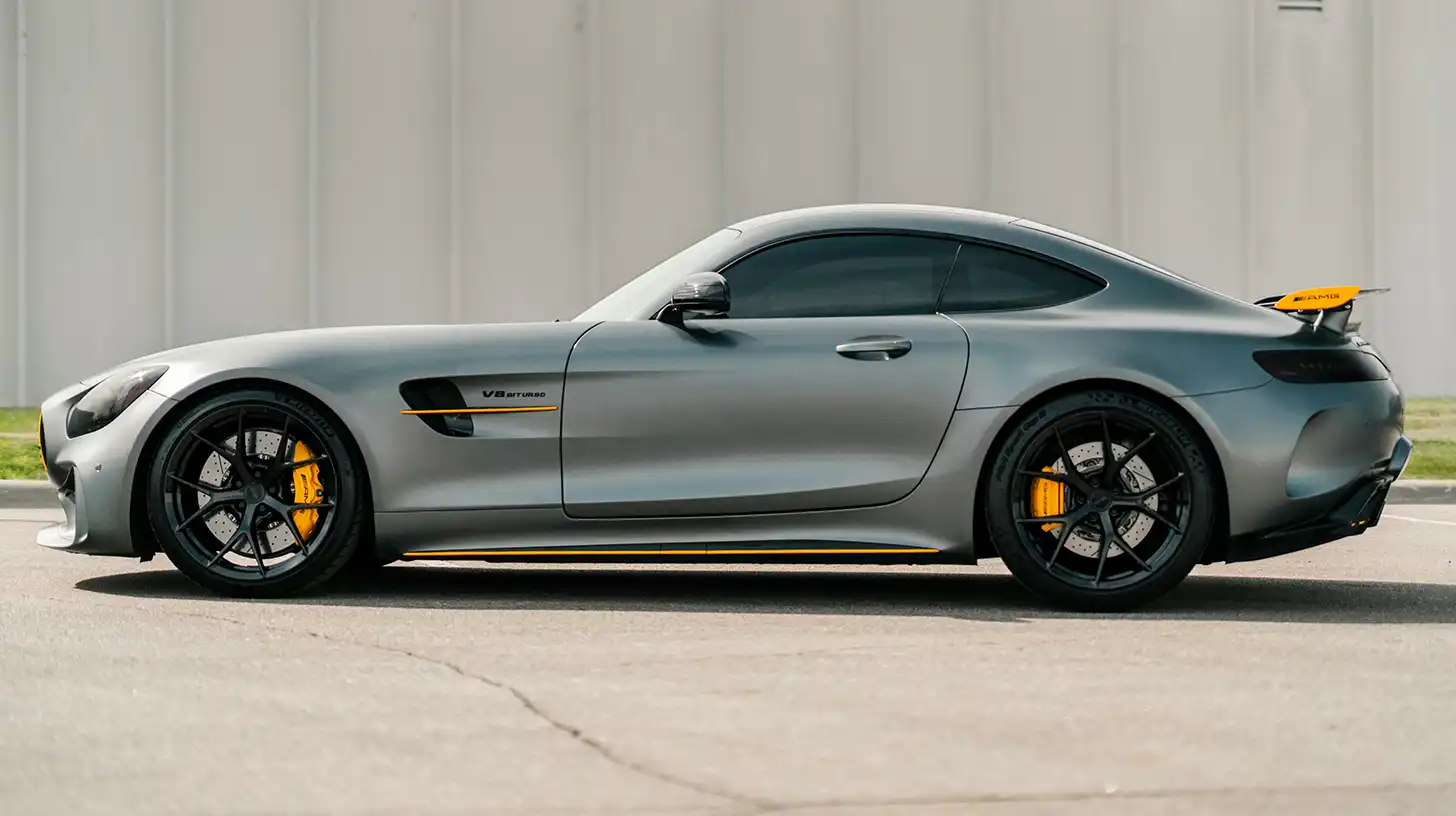
The bottom line: 20% tint isn’t legal on front side windows in Colorado Springs, but you have good options that can achieve the look and protection you want while staying compliant.
Having dedicated my career to making vehicles look their absolute best, I understand the appeal of darker tint. However, there’s real value in having a beautiful vehicle without worrying about tickets or being forced to remove modifications later.
Your best approach is working with a professional shop, such as Springs Detailing, that understands both the laws and your aesthetic goals. We can help you achieve maximum legal tinting that protects your investment, enhances your vehicle’s appearance, and keeps you compliant with Colorado law.
Frequently Asked Questions
Can I get 20% tint on my rear windows in Colorado Springs?
Yes, you can legally install 20% tint on rear side windows and the rear windshield, but only if your front side windows maintain 70% VLT or remain clear. As long as the vehicle’s front side windows have more than 70 VLT, the rear windows could have 20 VLT or even darker tint. This creates an attractive two-tone appearance that’s popular with luxury vehicle owners.
What’s the darkest legal tint for all windows in Colorado?
Front Side windows: Must allow more than 27% of light in. Back Side windows: Must allow more than 27% of light in. In practice, most professional shops use 30% VLT to ensure compliance, as tint can appear darker after installation.
How much does a tint ticket cost in Colorado Springs?
It’s possible to face a fine of $500 to $5,000 for window tint violations in Colorado. However, the amount you must pay depends on the severity of the window tint infraction, whether you have already been cited for violating Colorado window tint laws, and whether you committed any other violations.
Can I get a medical exemption for darker tint in Colorado?
Colorado law does NOT allow medical exemptions that would allow you use special tint. Unlike some states, Colorado doesn’t provide exceptions for medical conditions requiring darker window tint.
Will I definitely get pulled over for illegal tint?
Many people are cited for tint violations after being pulled over for other reasons, such as moving violations. While you might not be stopped solely for tint, if you’re pulled over for any reason, illegal tint can result in additional citations.
What colors of tint are illegal in Colorado?
The tint color(s) of RED and AMBER are not legal by state law. All other colors are permitted as long as they meet VLT requirements.
Do I need special stickers to identify legal tint?
State law recommends but does not require stickers to identify legal tinting. However, having documentation readily available can be helpful during traffic stops.
Can law enforcement measure my tint on the spot?
Yes. Law enforcement agencies and vehicle inspection stations are equipped with tint meters to measure the VLT of your vehicle’s windows. These devices provide precise measurements that determine compliance.
Additional Resources
- Colorado Revised Statutes Section 42-4-227: Windows Unobstructed – Official state legislation on window tinting requirements
- National Tinting Laws – Colorado – State-by-state comparison and Colorado-specific requirements
- 5 Best Automotive Tint Brands – See what looks the best, and protects the best!

